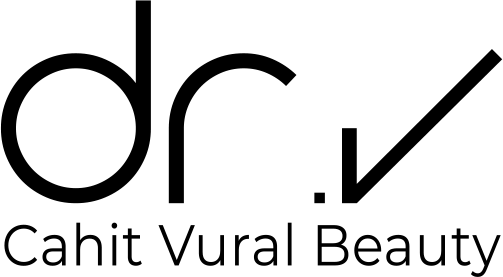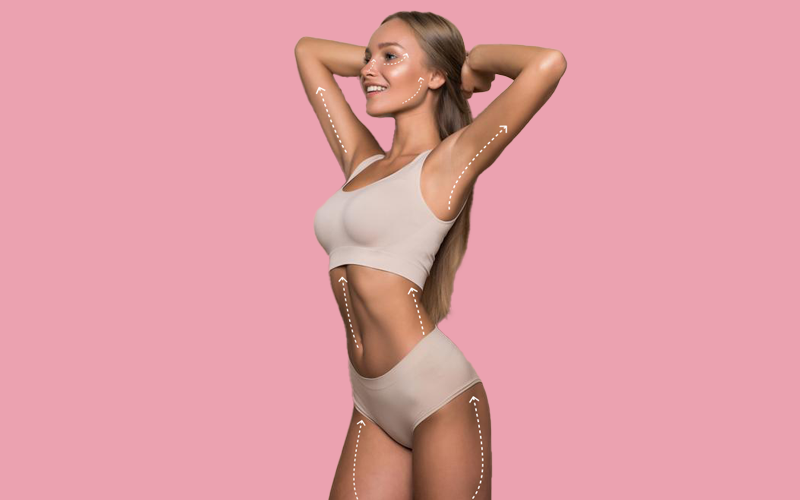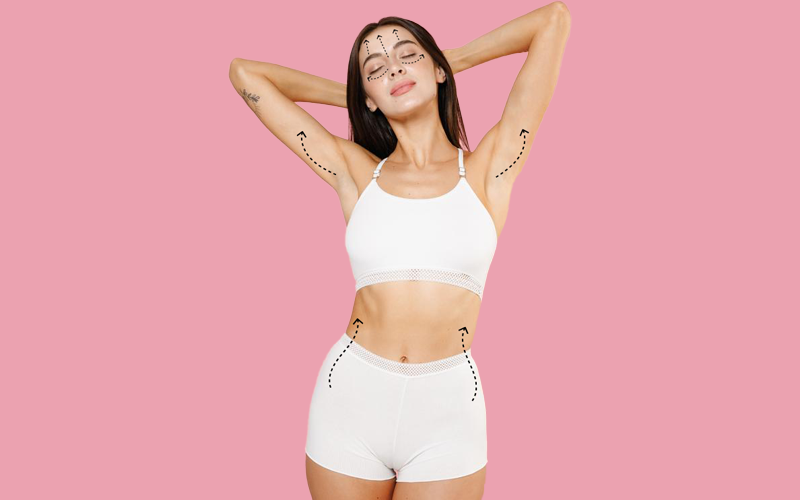Our skin starts to age with the effect of gravity, environmental factors and irregular life. People see these effects as volume loss and deep fractures (lines) on the face and the skin looks more tired.
Hyaluronic acid, one of the main building blocks of our skin, is a sugar derivative and is also responsible for the water retention capacity of the skin. Due to its high water retention capacity, it makes the skin look brighter and smoother. Developed to replace the amount of hyaluronic acid that decreases in the tissue over time, hyaluronic acid fillers are obtained under laboratory conditions without using animal sources. Hyaluronic acid fillers, which are formed by cross-linking with cross-links with ever-improving production techniques, are brought to the injector ready for application. In order to strengthen this structure in our skin, it will be correct to drink plenty of water, to eat green leafy vegetables, to prefer olive oil.
The areas of use of fillers can sometimes be used in asymmetrical depressions on the face, lips that lose volume or have structural volume deficiency, under the eyes that are displaced with age or structurally sunken, nasalobial lines (descending from the nose to the corners of the lips) or cheeks. There are also fillers used in the body.
In the nose, we also use fillers to enlarge small noses or lift the tip, the fillers we apply to short jaws to create the golden ratio on the face make people very happy and regulate the symmetry of the nose and chin.
Today, there are fillers of various brands and their varieties that vary in volume. The doctor who performs the application here determines the appropriate filler by considering the patient’s request.
Filling application is a short and painless procedure lasting 15-20 minutes. It is sufficient to apply an anaesthetic cream to the application area beforehand. After the procedure, there may be swelling and bruising depending on the area, this is a condition that passes within 3-7 days. After 1 week and 10 days, the patient is called for control. Filling application shows permanence between 6 months and 12 months. This period will be prolonged as it is applied regularly.



